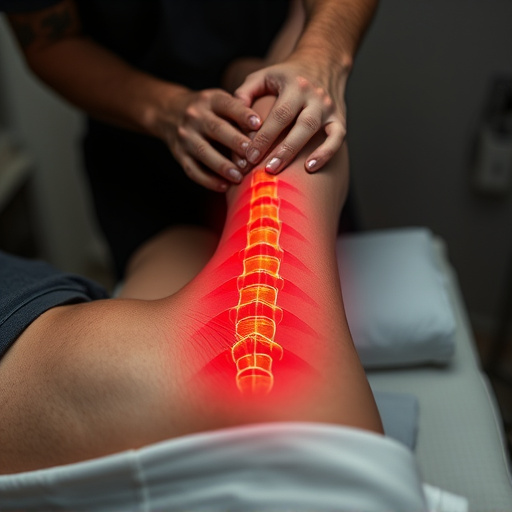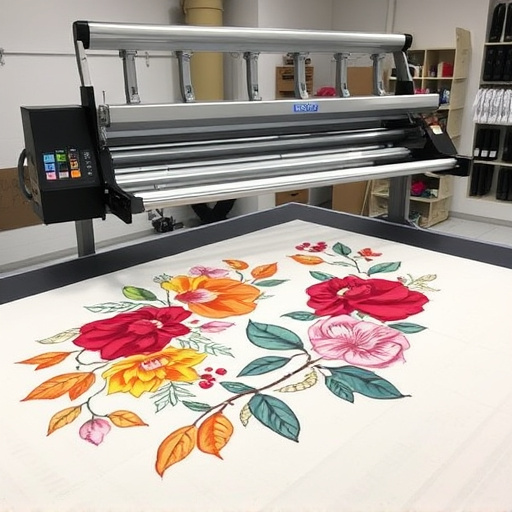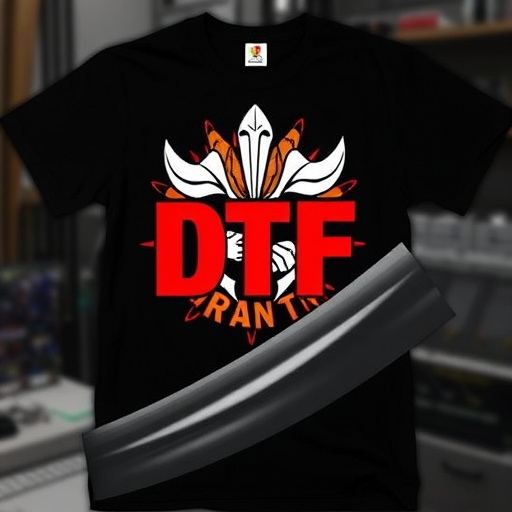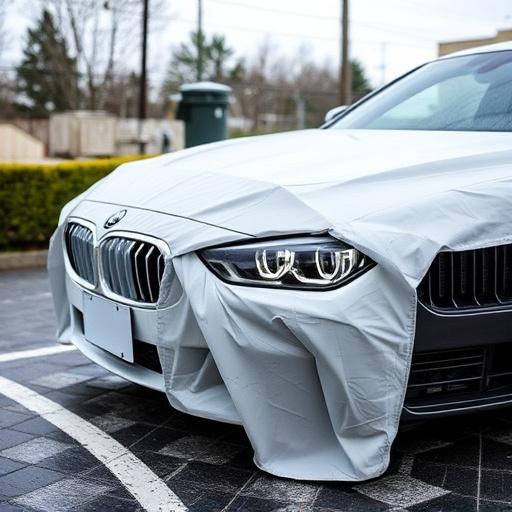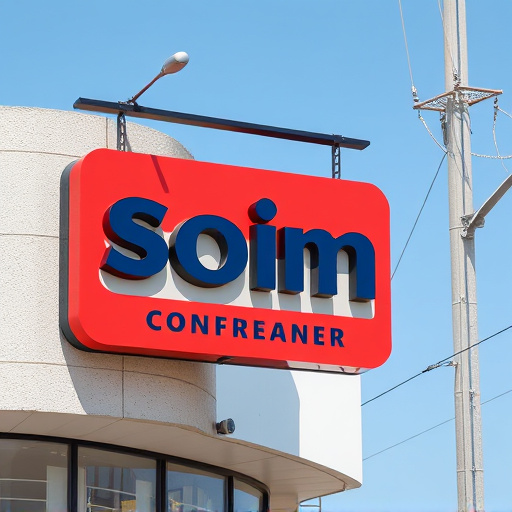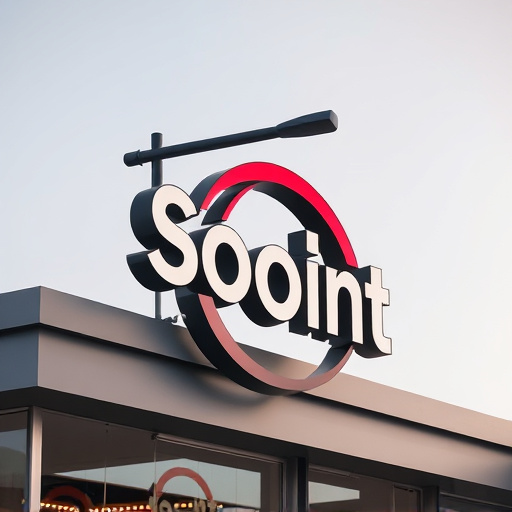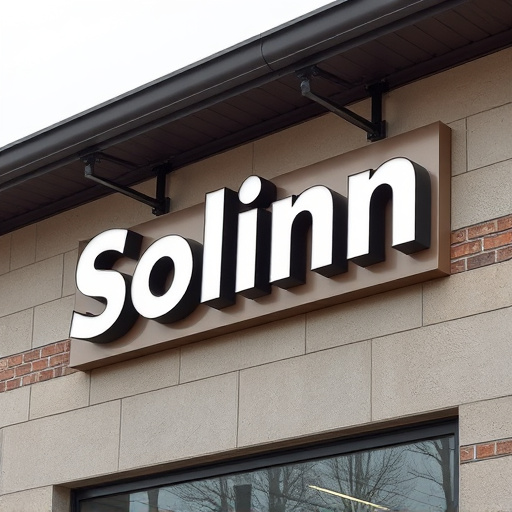Swirl mark removal is a meticulous process addressing discolored paintwork caused by debris or collisions. It involves specialized tools, protective coatings, and strategic lighting to assess and correct imperfections. Professional detailers use advanced techniques like PPF, custom graphics, and precise lighting to enhance aesthetics and prevent future damage, ensuring a vehicle's resale value.
Swirl marks, those unsightly circular scars on your car’s paintwork, can be a nuisance. Efficient swirl mark removal demands more than just abrasive polishes. Proper lighting plays a pivotal role in identifying and mitigating these defects. This article delves into the science behind swirl marks, exploring specific lighting strategies to enhance their visibility during the removal process. We also offer proven techniques to accelerate their disappearance for a flawless finish.
- Understanding Swirl Marks and Their Impact
- Lighting Strategies for Effective Removal
- Techniques to Enhance Swirl Mark Disappearance
Understanding Swirl Marks and Their Impact

Swirl marks, also known as scratches or dents, are common on vehicle surfaces and can significantly impact the overall aesthetics of a car. These marks are caused by various factors, such as road debris, bird droppings, or even minor collisions, resulting in uneven and discolored areas on the paintwork. Not only do they detract from the vehicle’s appearance, but they can also affect its resale value. Understanding swirl marks is crucial for effectively addressing them during the swirl mark removal process.
In the automotive detailing industry, removing these imperfections requires a meticulous approach. Professional PPF (Paint Protection Film) installation or custom graphics can play a vital role in mitigating the effects of swirl marks. Skilled detailers employ specialized tools and techniques to restore the car’s surface, ensuring a smooth and flawless finish. The process involves careful assessment, polishing, and, in some cases, the application of advanced protective coatings to prevent future damage. By focusing on these aspects, both automotive detailing and custom graphics contribute to a more appealing and valuable vehicle, ultimately enhancing the overall swirl mark removal experience.
Lighting Strategies for Effective Removal

Effective swirl mark removal relies heavily on proper lighting strategies. The first step is to assess the damage by examining the vehicle under different light conditions—natural daylight, artificial lights like LED or halogen—to identify the depth and extent of the swirl marks. This visual analysis helps in choosing the right removal techniques and tools.
During the actual removal process, strategic lighting plays a dual role. It aids in real-time monitoring, ensuring that each pass with polishing compounds or machines is effective. Additionally, well-lit environments protect against UV radiation, which can cause further damage to paint jobs. Lighting also enhances the visibility of the intricate details and subtle changes, crucial for achieving a smooth finish—a key aspect of vehicle enhancement. Moreover, proper lighting can contribute to scratch protection by minimizing the risk of creating new scratches during the removal process.
Techniques to Enhance Swirl Mark Disappearance
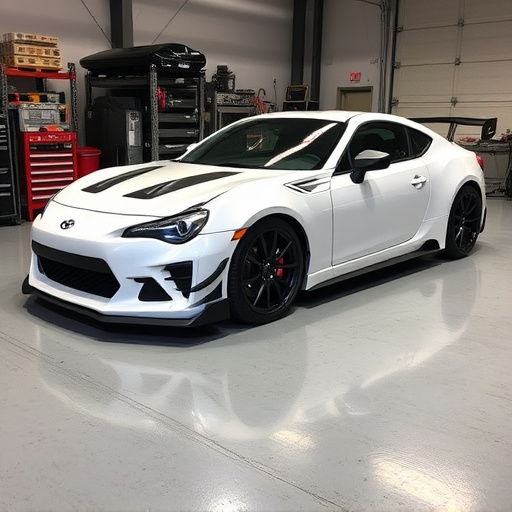
Effective swirl mark removal goes beyond basic washing techniques. Illuminating the affected area plays a pivotal role in enhancing the visibility of these imperfections, allowing for more precise targeting during the correction process. Professional detailing experts often employ specialized lighting equipment to highlight swirls and scratches, ensuring each imperfection is accurately identified. This meticulous approach forms the backbone of achieving flawless results, especially when dealing with intricate vehicle wraps or custom graphics.
Moreover, understanding heat rejection techniques can significantly impact swirl mark removal. Heat-related distortions can cause these marks to appear more pronounced; thus, controlling and minimizing heat transfer during the removal process is crucial. Using the right tools and materials in conjunction with strategic lighting can help in effectively banishing swirls, leaving behind a pristine surface that showcases the beauty of custom graphics or vehicle wraps.
Swirl mark removal is a meticulous process, but with the right lighting strategies and techniques, it can be significantly enhanced. By understanding the impact of swirl marks and employing strategic lighting during the removal process, you can achieve smoother, more even results. Combining these methods ensures an effective approach to swirl mark elimination, leaving surfaces looking pristine and professional.
